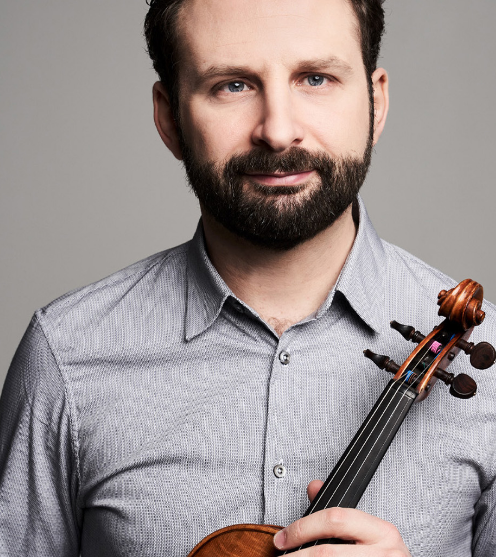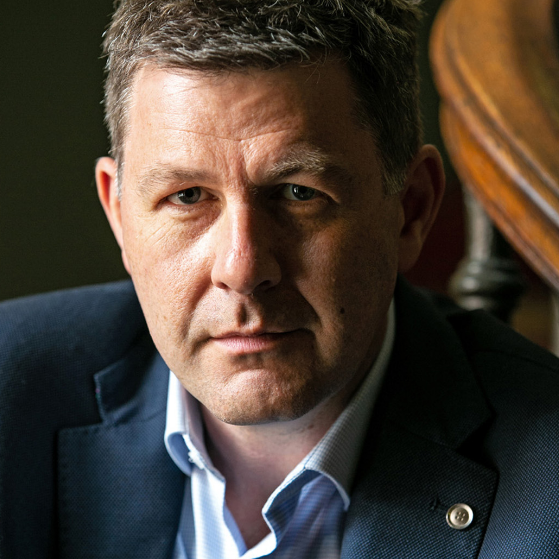Pelléas et Mélisande, a symbolist drama written by Maeterlinck in 1892, was one of the most beloved works between the centuries, and especially by musicians. If Debussy's work is famous in 1902, the first to write music for Maeterlinck's drama was actually Gabriel Fauré, who composed the stage music for the English performance in 1898. Music that Maeterlinck himself was enthusiastic about, unlike the clashes he had with Debussy (but there, the stone of discord was the choice of the soprano Mary Garden at the expense of Maeterlinck's lover Georgette Leblanc). The music written by Sibelius in 1905 for the Swedish Theatre in Helsinki was also very successful, in which the drama had almost twenty performances, filling the theatre from the first. The lively symbolism that dominates the program includes the very romantic Concerto no. 1 op. 26 by Max Bruch, written in 1866, a work loved by audiences and violinists, so popular that Bruch himself admitted in an interview that it would be the only piece to survive him. He wasn't wrong.

